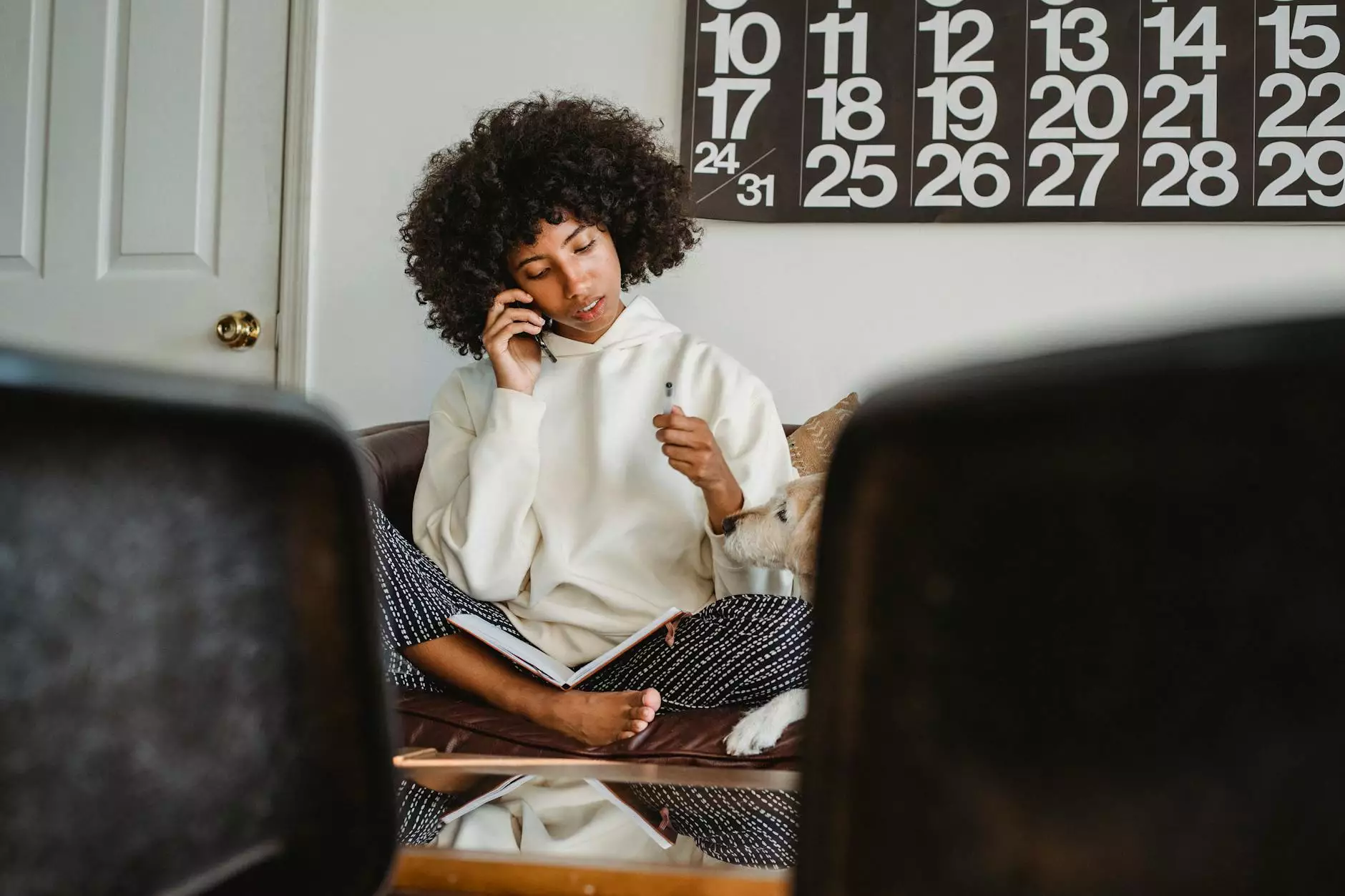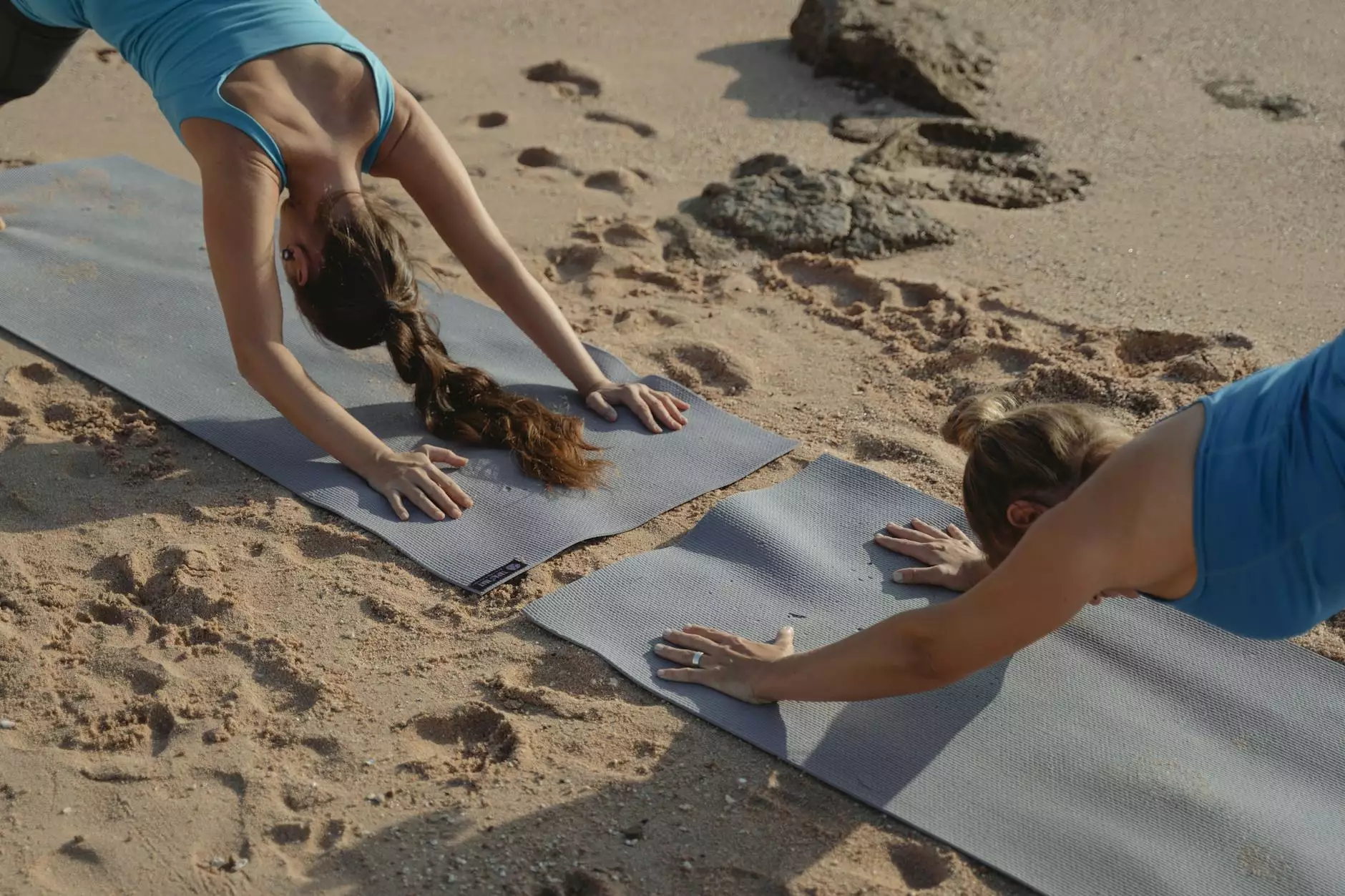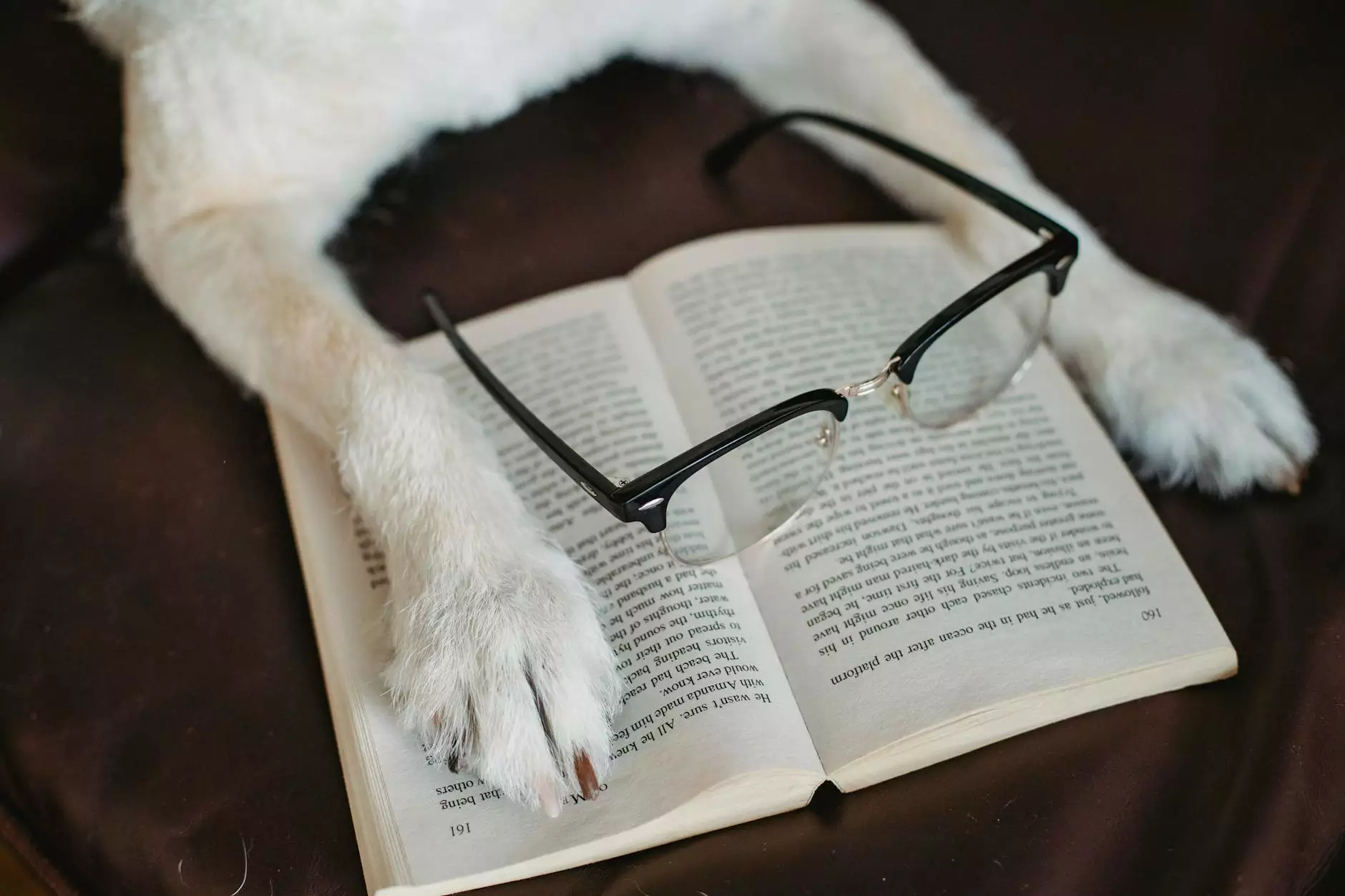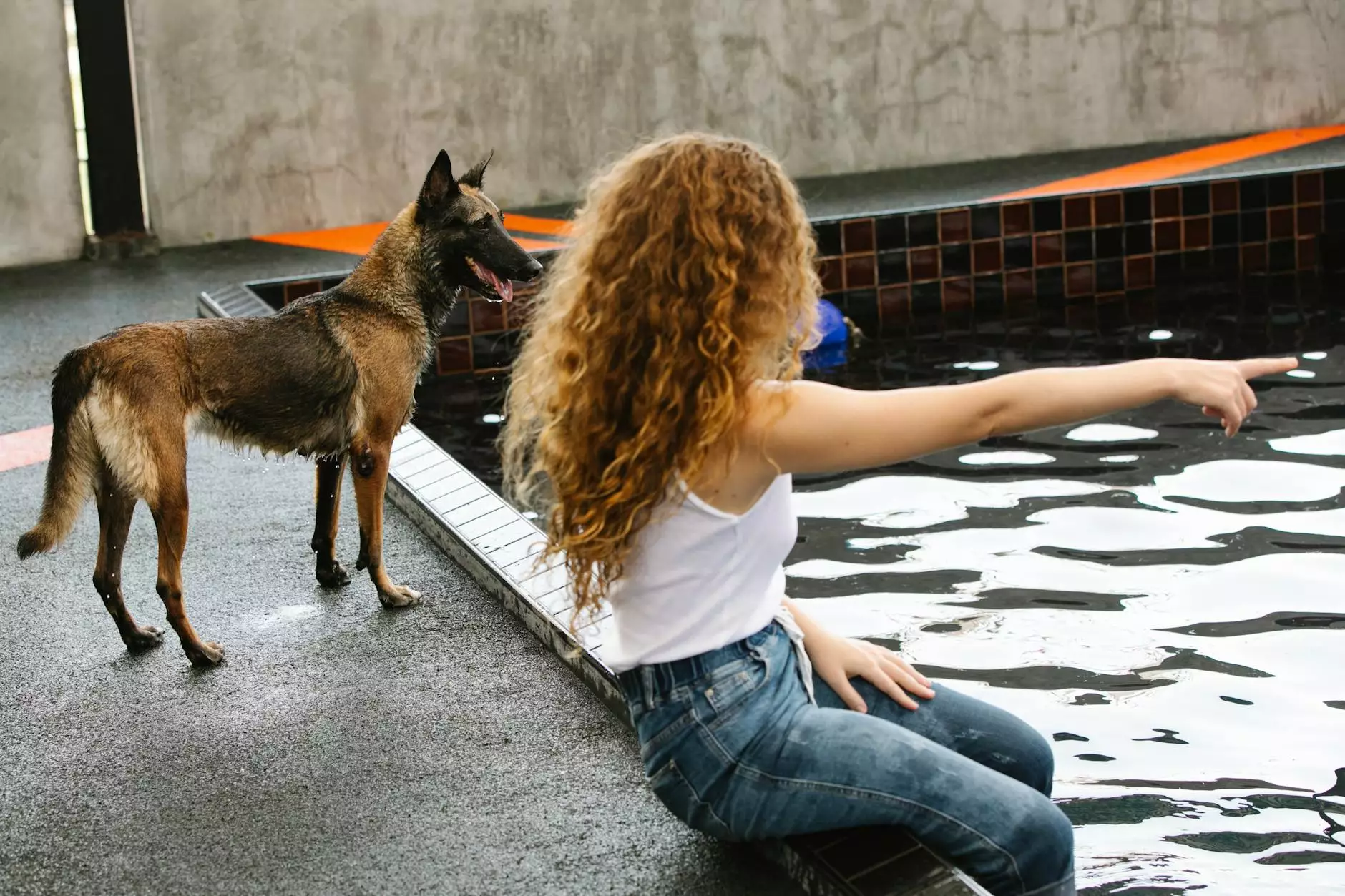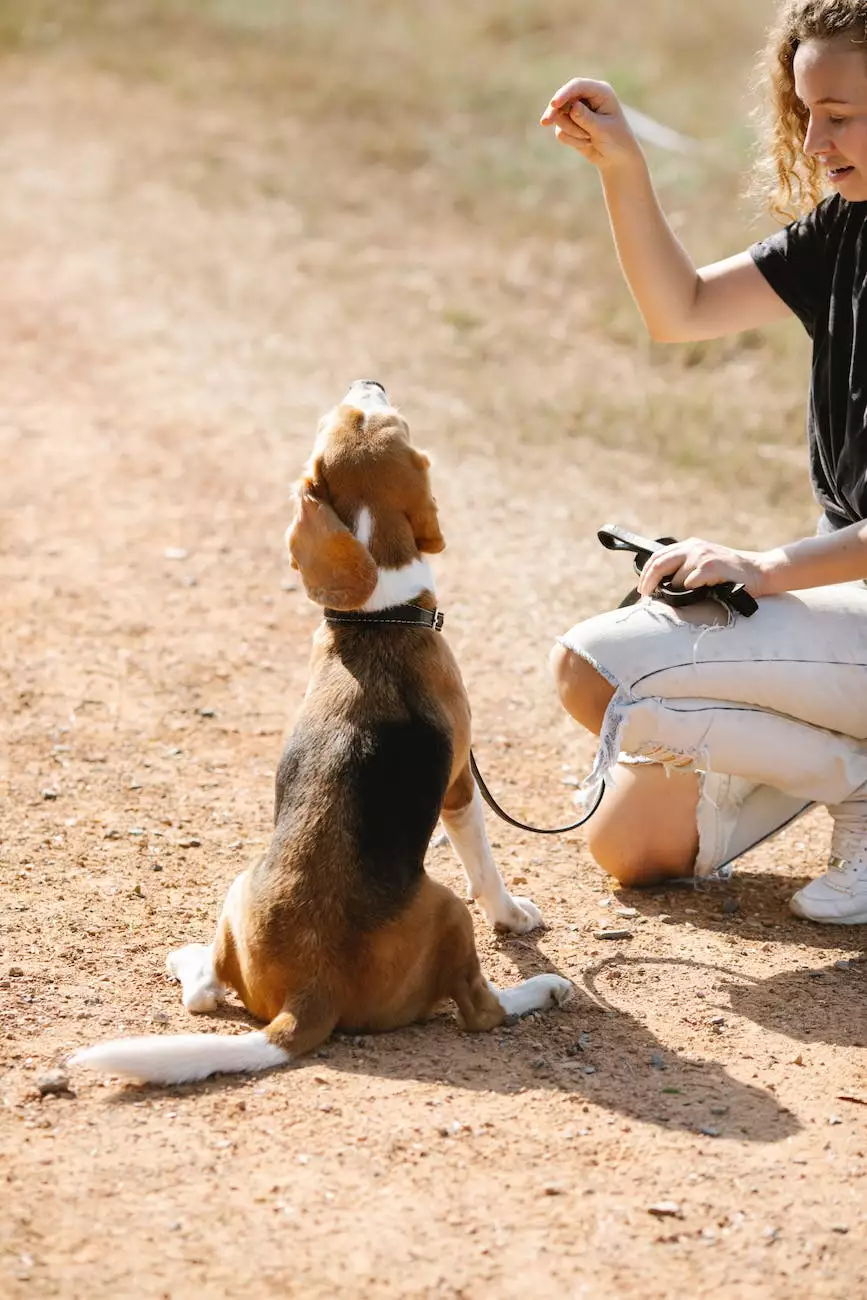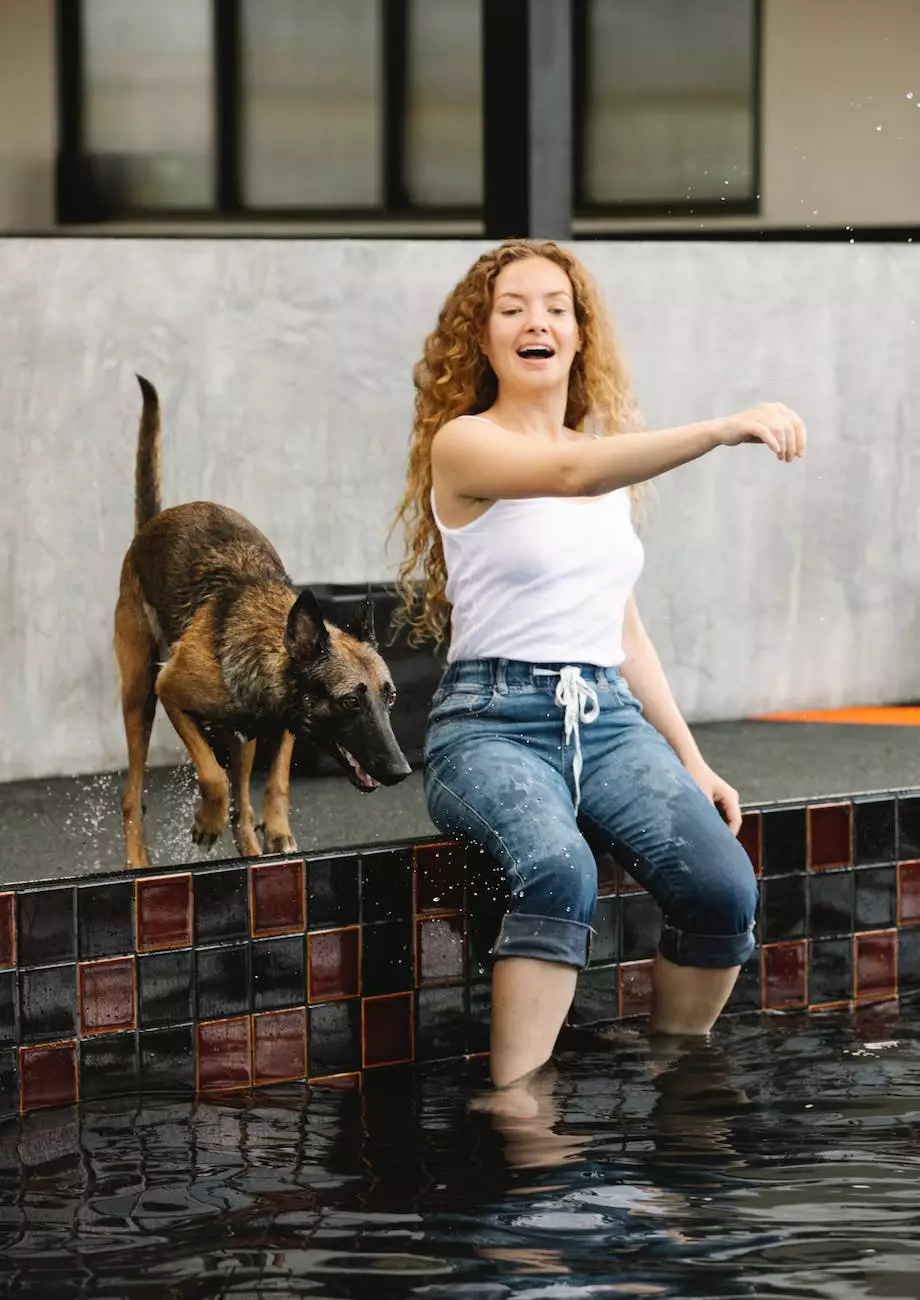What To Do If Your Older Dog Doesn't Like Your New Puppy
Dog Care
Introduction
Welcome to The Upbeat K9, your trusted source for all things dog-related! If you've recently added a new puppy to your family but are facing challenges with your older dog's acceptance, fret not. In this comprehensive guide, we will provide you with effective strategies to help your older dog embrace and love their new furry sibling.
Understanding the Dynamics
Introducing a new puppy to your older dog can be an exciting yet unfamiliar experience for both dogs. It's important to recognize that their reactions may vary based on their personalities, past experiences, and preferences. It's crucial to be patient and understanding while taking the necessary steps to create a harmonious environment for both dogs.
Gradual Introductions
When bringing a new puppy into your home, slow and supervised introductions are key. Start by allowing brief, controlled interactions while ensuring both dogs are comfortable. Use positive reinforcement techniques, such as treats and praise, to associate these interactions with positive experiences. Gradually increase the duration and frequency of these sessions, allowing your older dog to adjust at their own pace.
Separate Spaces
To prevent any unnecessary conflicts during the initial adaptation period, provide separate spaces for your older dog and the new puppy. This ensures that each dog has their own safe haven where they can retreat when needed. Creating separate feeding areas, rest spots, and play zones will help minimize potential tension and reduce the chances of territorial disputes.
Individual Attention and Quality Time
It's vital to continue giving your older dog individual attention, despite the arrival of the new puppy. Set aside exclusive quality time for your older dog, engaging in activities they enjoy and providing reassurance that they are still valued and loved. This attention reinforces their place within the family and alleviates any sense of jealousy or displacement they may experience.
Socialization and Training
Proper socialization and training play pivotal roles in helping both dogs adjust and coexist peacefully. Enroll your new puppy and older dog in obedience classes or seek the guidance of a professional dog trainer. These sessions will help establish consistent routines, improve communication between you and your dogs, and build a positive foundation for their relationship.
Supervision and Safety
While your dogs continue to adapt to each other's presence, it's important to supervise their interactions to ensure their safety. The size and energy levels between your older dog and the puppy may differ, so it's essential to create a balanced dynamic. Utilize appropriate leashes, gates, or crates when necessary, allowing for controlled interactions until they are comfortable enough to interact freely without any potential conflicts.
Consulting with Professionals
If you encounter persistent challenges or signs of aggression between your older dog and the new puppy, seeking advice from a professional dog behaviorist or trainer is highly recommended. They possess the expertise to identify underlying issues and provide specialized guidance tailored to your specific situation. Remember, early intervention and professional guidance can greatly improve the chances of successfully integrating your dogs.
Conclusion
Bringing a new puppy into your family should be a joyous occasion for everyone involved. By following the strategies outlined in this guide, you can help your older dog overcome their initial resistance and establish a loving bond with your new furry addition. Remember, patience, consistency, and positive reinforcement are key to a successful introduction. If you need further assistance, don't hesitate to reach out to The Upbeat K9, your trusted partner in dog training and behavior.

